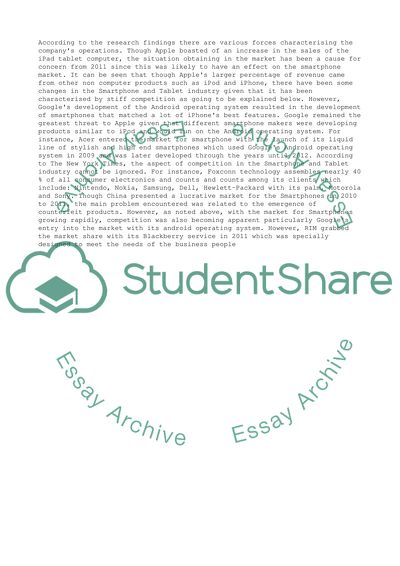Cite this document
(“The strategic options that are appropriate to Apple Coursework”, n.d.)
Retrieved from https://studentshare.org/business/1395958-the-strategic-options-that-are-appropriate-to-apple
Retrieved from https://studentshare.org/business/1395958-the-strategic-options-that-are-appropriate-to-apple
(The Strategic Options That Are Appropriate to Apple Coursework)
https://studentshare.org/business/1395958-the-strategic-options-that-are-appropriate-to-apple.
https://studentshare.org/business/1395958-the-strategic-options-that-are-appropriate-to-apple.
“The Strategic Options That Are Appropriate to Apple Coursework”, n.d. https://studentshare.org/business/1395958-the-strategic-options-that-are-appropriate-to-apple.


